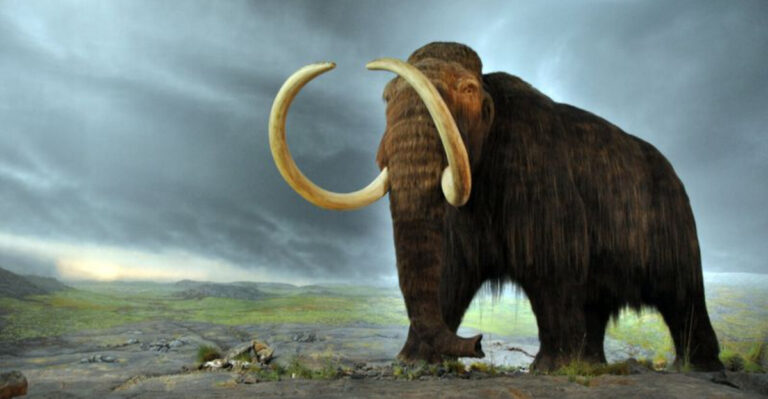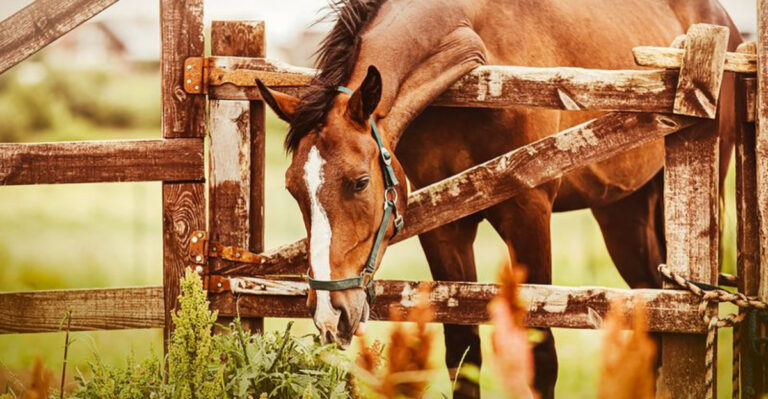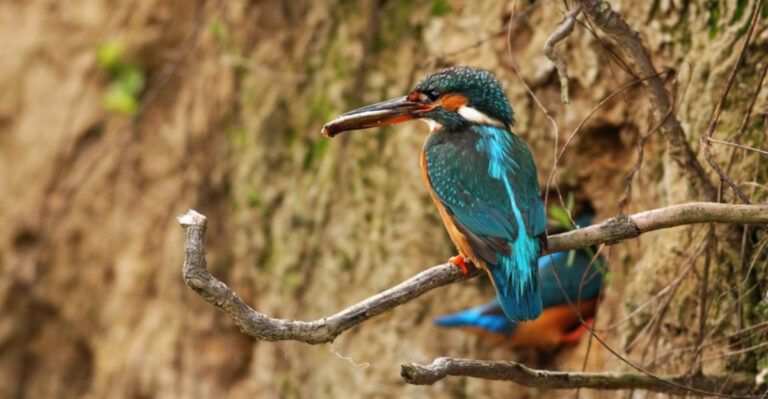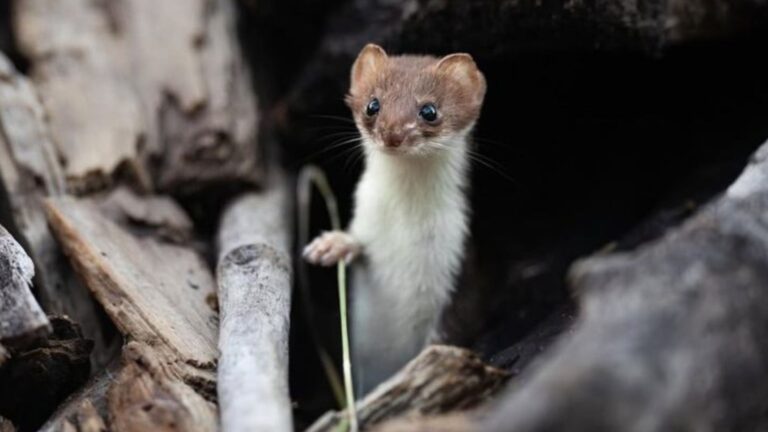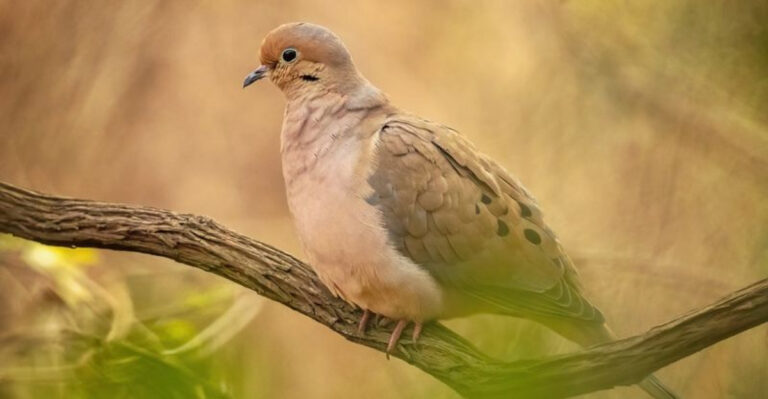How Wolves Rebuilt A National Park
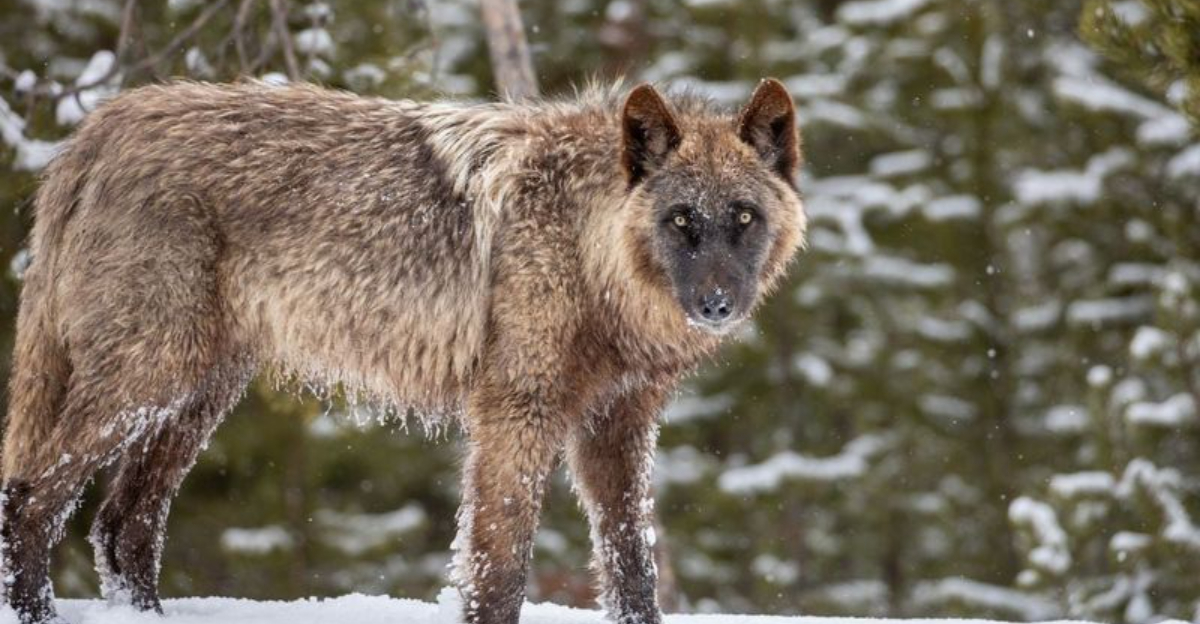
Back in 1995, something incredible happened in Yellowstone National Park. After being absent for nearly 70 years, gray wolves were reintroduced to the ecosystem.
What followed was an amazing chain reaction that scientists call a ‘trophic cascade.’ The wolves didn’t just survive—they transformed the entire landscape in ways nobody fully expected.
Deer Population Control
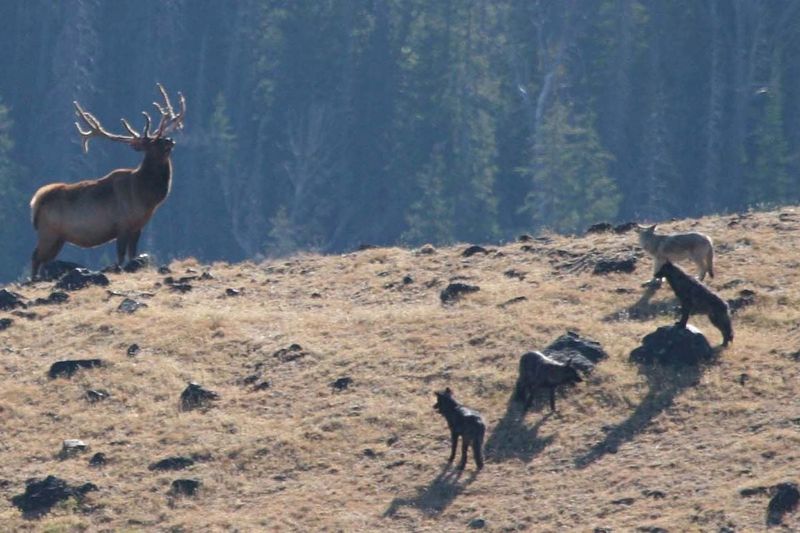
For decades, deer roamed Yellowstone without natural predators, munching their way through the park’s vegetation like hungry teenagers at an all-you-can-eat buffet.
Wolves changed this dynamic overnight. Their hunting pressure reduced deer numbers and altered grazing patterns, giving many plant species a fighting chance to recover.
Riverside Plant Revival
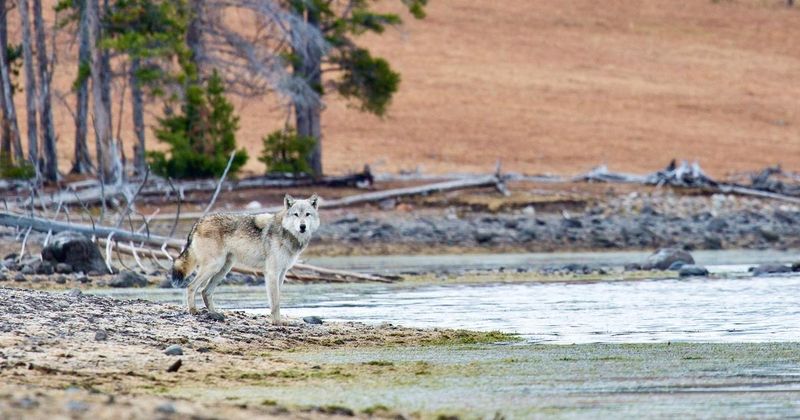
Along riverbanks, a green revolution quietly unfolded. Without wolves, deer would lazily graze riverside vegetation down to nothing.
The returning predators created what ecologists call a ‘landscape of fear,’ where deer became more cautious and spent less time in vulnerable open areas. Aspens, willows, and cottonwoods soon sprouted up, transforming barren riverbanks into lush corridors.
Beaver Engineering Projects
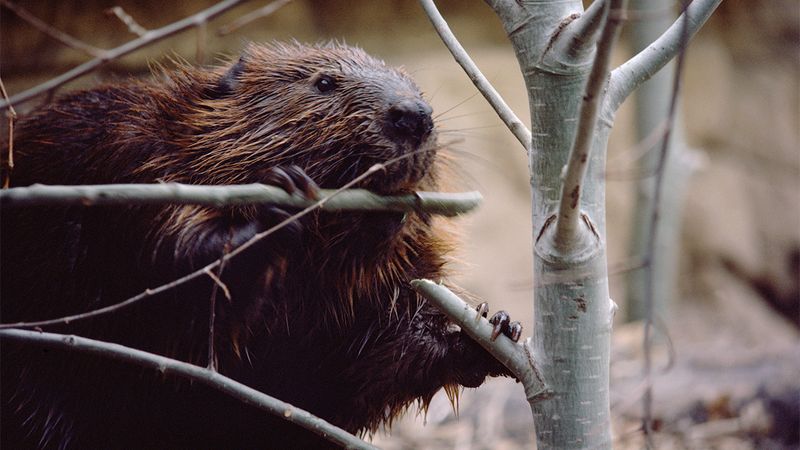
Nature’s dam builders made a spectacular comeback thanks to wolves. As riverside trees flourished, beavers gained building materials for their ambitious engineering projects.
Their dams created new wetlands, improved water quality, and provided habitat for fish, amphibians, and waterfowl. By 2007, the number of beaver colonies in Yellowstone had increased dramatically from just one to nine.
Bird Species Diversity Boom
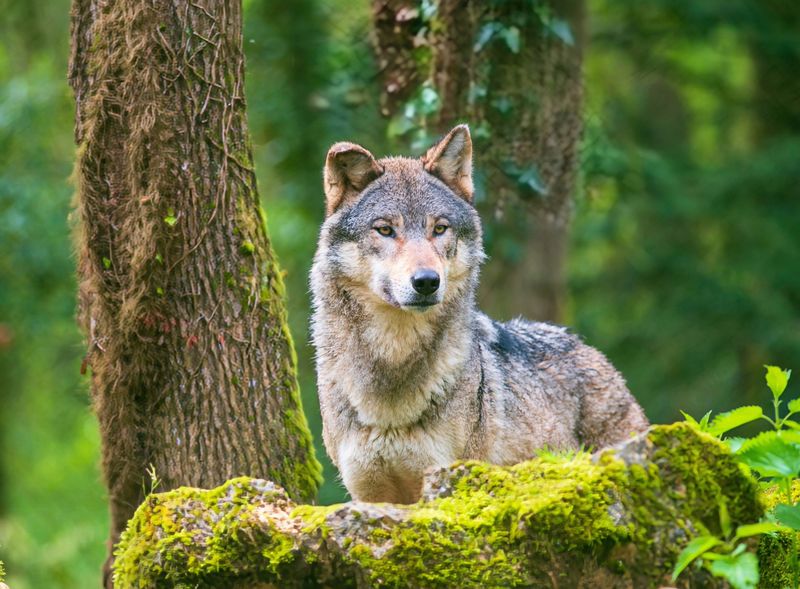
The sky above Yellowstone filled with new melodies as songbird populations soared. Healthier riverside habitats created perfect nesting spots for songbirds that had previously struggled.
Research showed remarkable increases in species like warblers, finches, and sparrows. The wolves’ indirect gift to the park was a symphony of birdsong that hadn’t been heard at such volume for decades.
Scavenger Support System
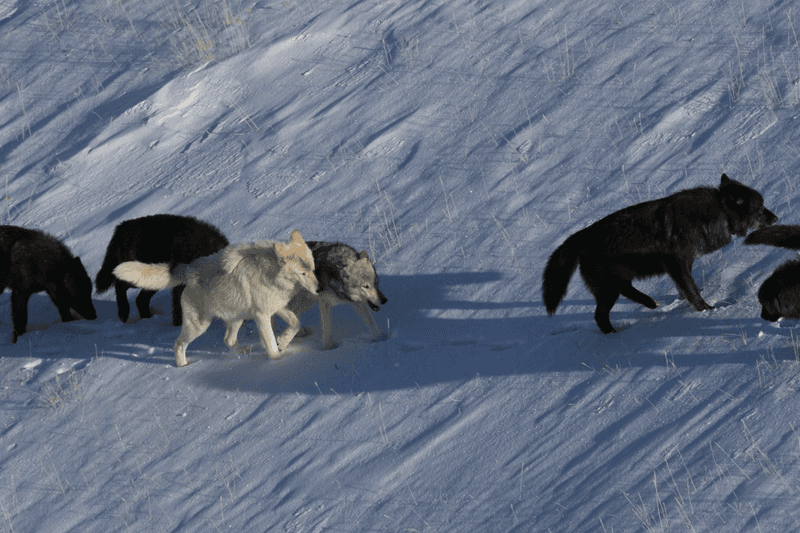
Every wolf kill becomes a feast for dozens of other species. Ravens, eagles, magpies, coyotes, bears, and countless insects benefit from the wolves’ leftovers.
Before wolves returned, these scavengers struggled during harsh winters. Now, wolf-killed carcasses provide critical nutrition during the toughest months, supporting at least 12 different scavenger species through the challenging winter season.
River Channel Reshaping
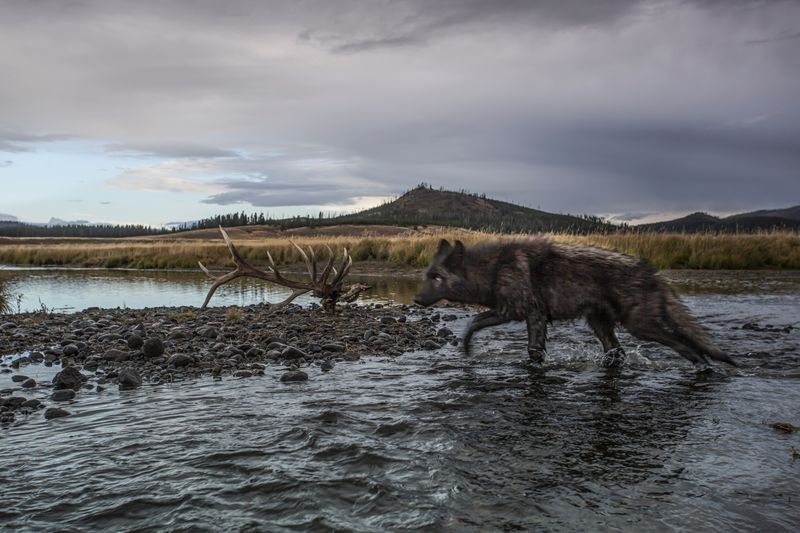
The park’s waterways literally changed course because of wolves. As vegetation returned to riverbanks, roots stabilized soil and reduced erosion.
Stronger banks meant narrower, deeper channels and fewer meanders. These healthier rivers created better habitat for fish populations and improved water quality throughout the ecosystem. The entire hydrological system began functioning more like it did centuries ago.
Coyote Population Balance
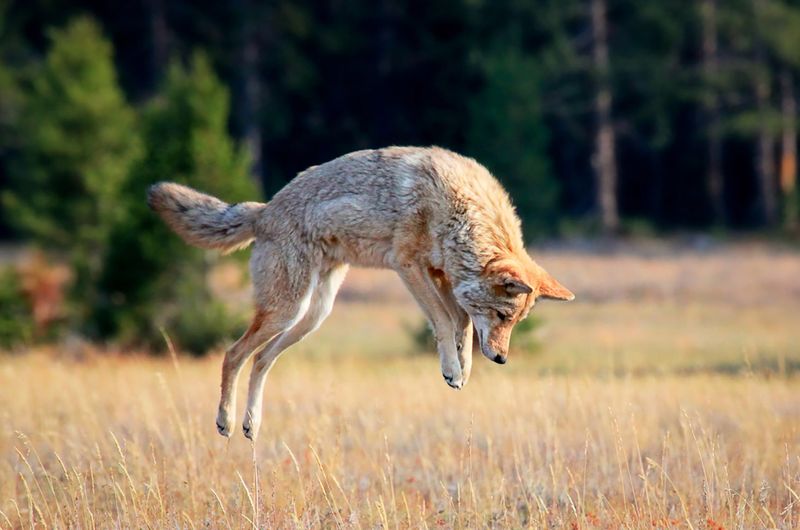
Small but mighty, coyotes dominated Yellowstone in the wolves’ absence. They had free rein until their larger canine cousins returned and established territories.
Wolf packs reduced coyote numbers by up to 50% in some areas through direct competition. This ripple effect allowed smaller predators like foxes to bounce back, creating a more balanced predator community that better regulated small mammal populations.
Grizzly Bear Buffet Line
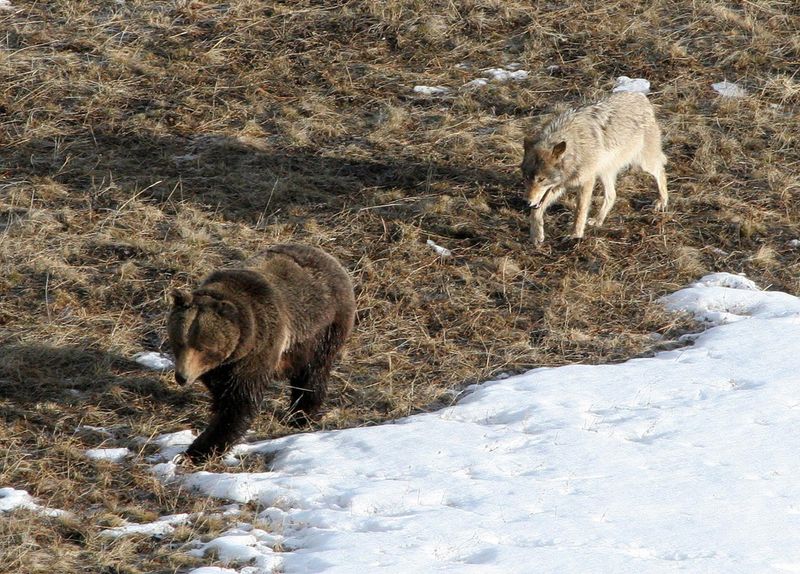
Yellowstone’s mighty grizzlies found unexpected allies in wolves. Bears quickly learned to follow wolf packs and claim their kills, especially in early spring when food is scarce.
This protein boost came at a critical time, helping bears recover faster from hibernation. Studies show bears obtain up to 13% of their meat from wolf-killed carcasses, significantly improving their nutrition and cub survival rates.
Tourism Economic Boost
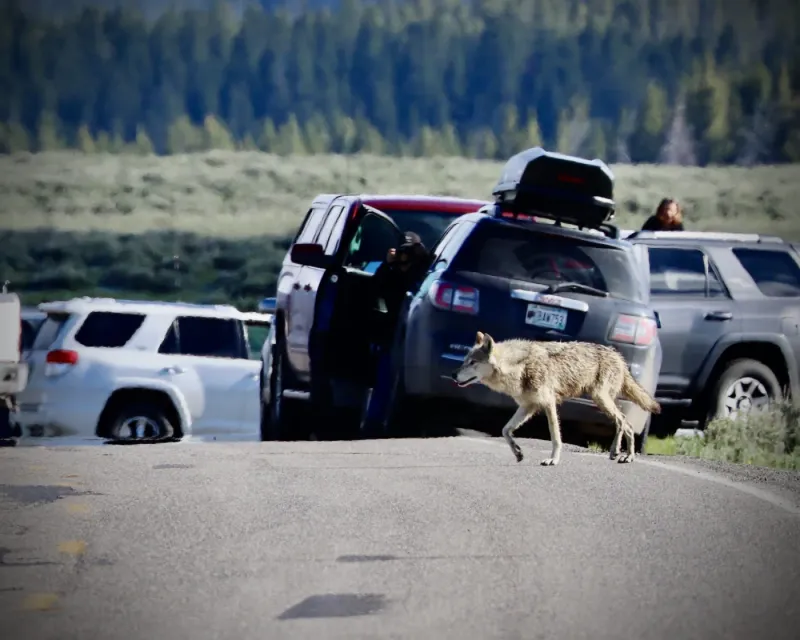
The wolves’ return transformed Yellowstone into a wildlife watcher’s paradise. Visitors now spend over $35 million annually specifically to see wolves in their natural habitat.
Local communities have benefited tremendously from wolf-related tourism. Wildlife guide services, photography tours, and educational programs have created jobs while giving people unforgettable connections with these magnificent predators.
Scientific Research Revolution
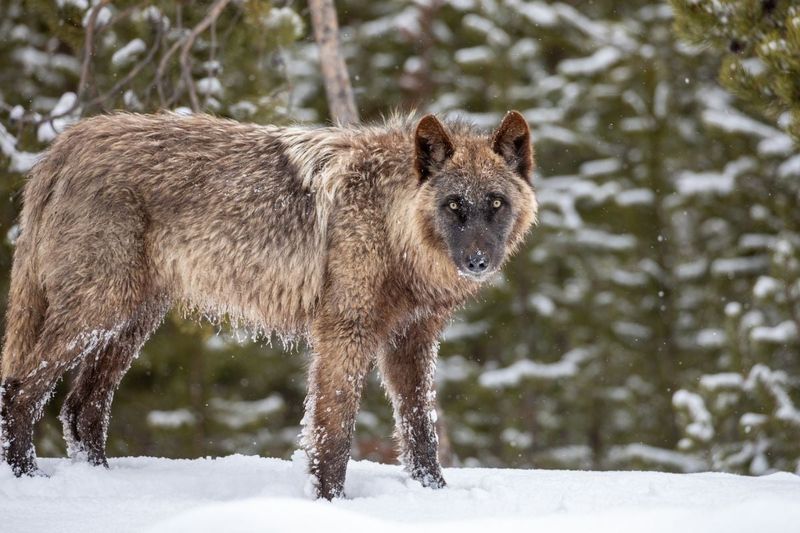
Yellowstone became Earth’s greatest living laboratory for studying trophic cascades. The wolf reintroduction created a natural experiment that revolutionized how scientists understand ecosystem connections.
Researchers from around the world flock to the park to study predator-prey dynamics, behavioral ecology, and landscape change. This knowledge now guides conservation efforts globally, showing how apex predators maintain healthy, balanced ecosystems.

